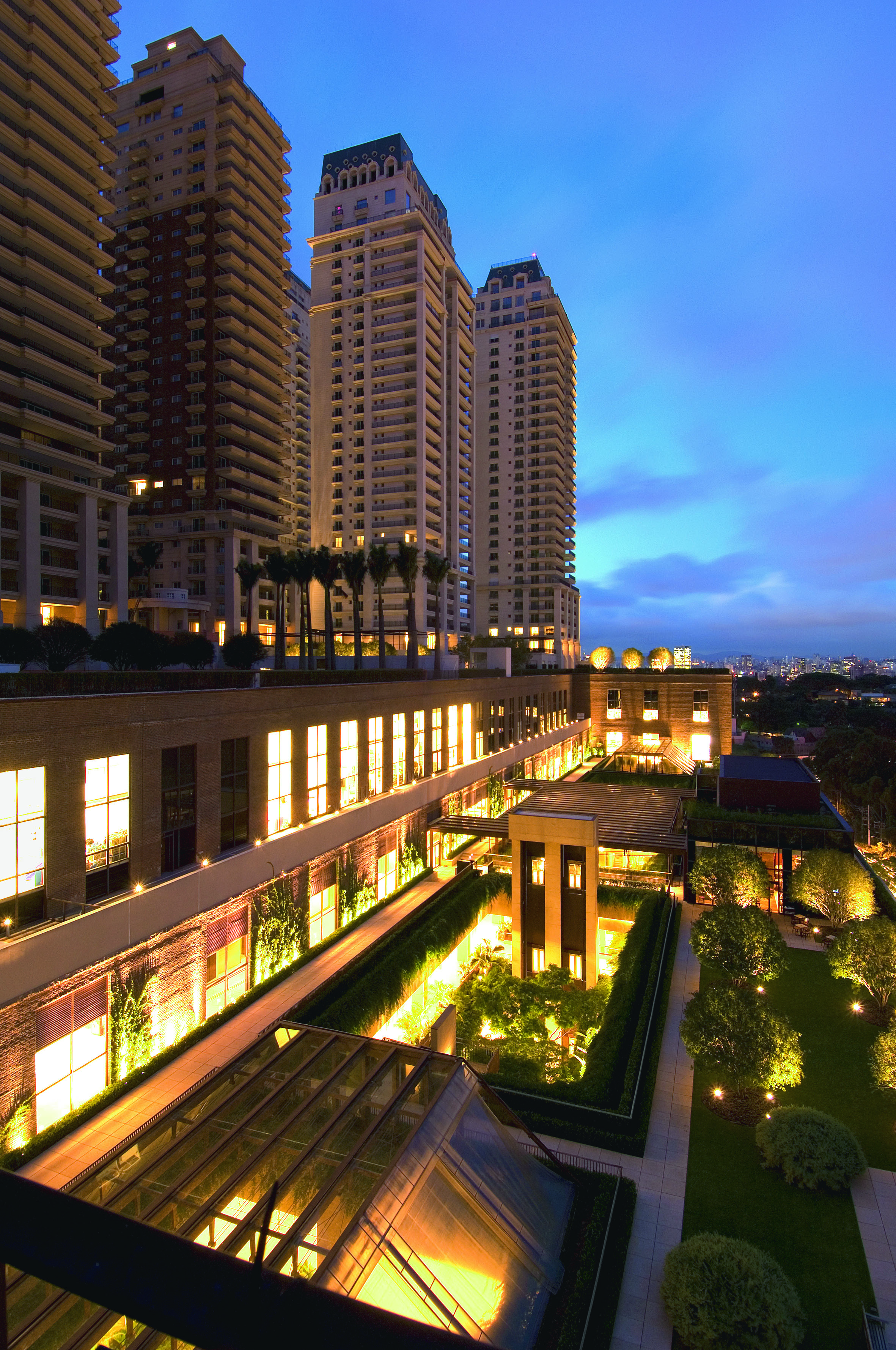Parque Cidade Jardim São Paulo Escritório Técnico Julio Neves & Pablo Slemenson Arquitetura
Abstract
The rise of privatized luxury domains, combining private residential, collective and commercial functions, has become unstoppable in Brazilian cities. Described as condomínios fechados, these impenetrable, closed enclaves are in effect vertical urban neighbourhoods. The Hygiénopolis neighbourhood in São Paulo marked the start of this development in the twentieth century. Along with their collective and commercial functions, the condomínios fechados are epitomized by the apartments’ large surface area and luxurious materialization. The city’s collective programme withdraws behind high walls, where it becomes the exclusive domain of privileged residents. Parque Cidade Jardim in São Paulo is a prime example of such privatized stacked luxury.
Parque Cidade Jardim is situated on the Marginal do Pinheiros, formerly the city centre ring road, now São Paulo’s main traffic artery. The arrival of residential and other functions in this originally non-descript environment appears to have boosted the public character of the Marginal. But this is just an illusion: the public character has morphed into a fenced-off collectivity. So it has in Parque Cidade Jardim.
The project consists of nine residential tower blocks perched atop a collective programme. Two parks have been built on the fourth and sixth floors. Together with the shopping mall underneath, they constitute an extremely exclusive, new kind of urban space for a metropolitan target group.



